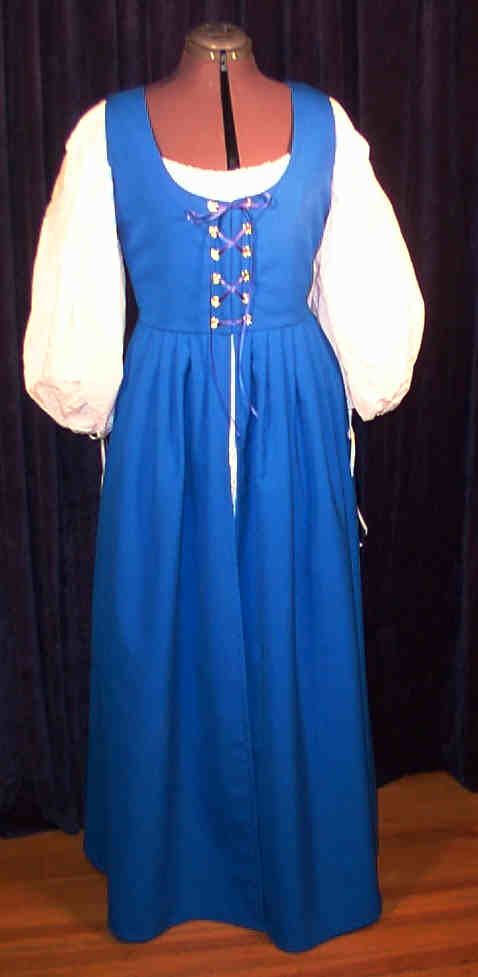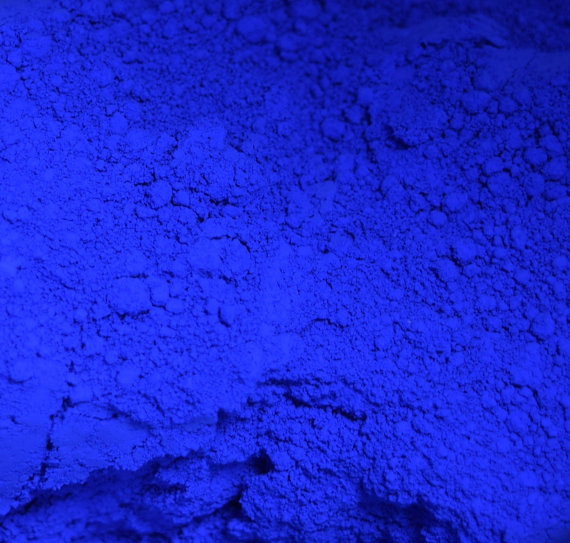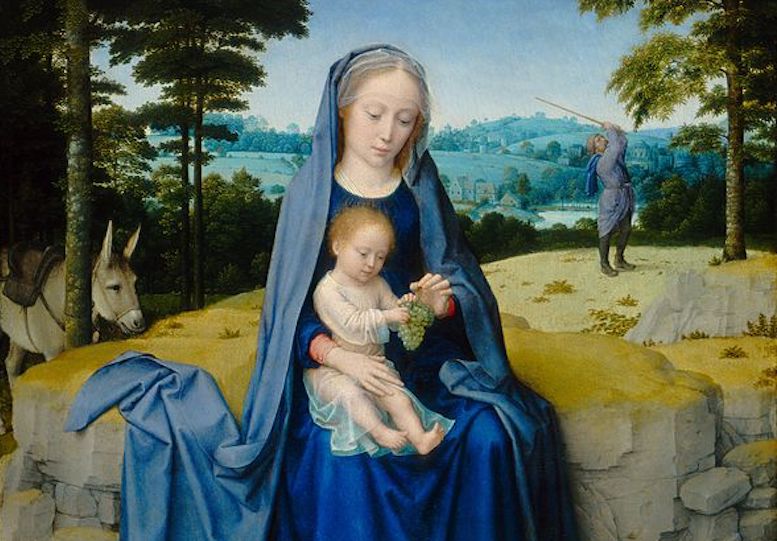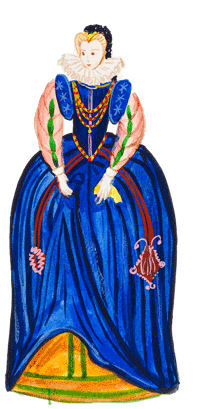What does the Blue Colour Represent?
Contents
The colour Blue was predominantly worn by the people of the lower class in the Elizabethan society. Blue symbolized loyalty and faithfulness and became the colour of servitude.
It was mainly worn by servants of households. Blue was also widely used by peasants, workers and the country people in those times. The colour blue, however, should not be confused with Royal Blue, which was the colour of the upper class.
People who were allowed to wear the colour Blue according to the Sumptuary Laws were the poorer people of the Elizabethan society.

Blue as the colour of the lower class
The poor city dwellers coloured their own clothes or wool with dyes extracted from plants available in their own gardens and countryside. The dyes produced more natural and earthier tones. It was quite contrary to the bright lustrous blue colours of expensive fabrics worn by the wealthy.
The woad (Isatis tinctorial) dye was mainly used to obtain the cheap version of the colour blue. The woad is a flowering plant mostly used in medieval times and was grown extensively in Europe. The woad blue-dyed fabric could again be re-dyed with a madder solution, which produced purple-blue and plummy red colours.

The dye produced plenty of shades of blue like grey-blue, pale blue, dark blue and blue-greens which became quite popular among the working class. The light blue colour was easier to maintain as well.
The biblical meaning of colour Blue
Blue in the Bible is the colour of the sky and represents Heaven. The colour of the sky which we can see, but never reach became the colour of the heavenly realm. It also represents good health, renewal of hope and new life. Blue as the heavenly colour also denotes peace and tranquillity. Blue also reminds us of the colour sapphire which signifies the “Kingdom of Gods” and “Heaven far beyond”.
Blue, the colour of Blessed Virgin Mary
Blue in Christianity is the colour of divinity, mystery and transcendence. In the Renaissance period, the Virgin Mary was the embodiment of grace and motherly love. Throughout history, Mary has always been seen to wear the colour Blue.
During the pre-renaissance period, Mary was considered to be a sacred angel, a messenger of God surrounded by celestial light and angels. She has been seen wearing a darker shade of the colour blue. It represented the darkest time of the night and also was associated with the holy Catholic celebration of the Advent. Another reason was the financial significance of the colour blue. The dark bright blue colour was elusive and hence more valuable. The cost of producing an intense blue colour was very high. So, it was quite obvious that the colour was reserved for angels and heavenly bodies. It became the colour of Mother Mary.

Over time, the portrayal of Mother Mary changed. She was more approachable and was illustrated as the protector and the mother of earth. She started wearing a lighter shade of blue or sky blue. It signified peace and motherly love for her children. The pale colour was obtained from modest dyes or plant extracts obtained by the villagers.
Royal Blue, the colour of the rich
The Royal Blue as the name suggests were worn by the nobles and the people of the upper class. It was obtained from the Indigo dye which was imported from India. The dye was very costly and was used exclusively to dress the wealthy.

Later on, the Indigo dye grew extensively and was imported in abundance. The colour was widely accepted and became inexpensive with time
